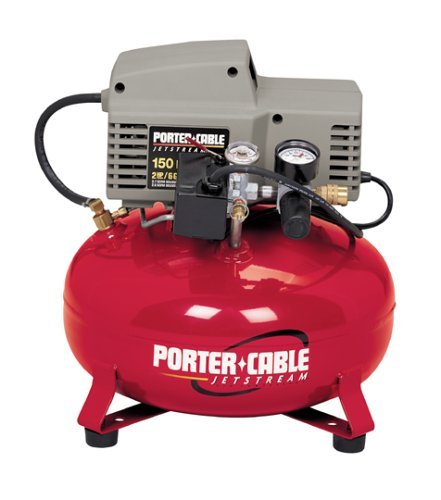
Air Compressor Maintenance tips:
Most problems with air compressors are a result of normal wear and tear to rubber components due to high usage, lack of lubrication or dirt or water that entering the tool via the air lines and damaging the internal components.
Air Ccompressor Maintenance
Routine maintenance procedures consisting of the breakdown, cleaning and installation of the proper O-ring kits and trigger valve kits will prevent and/or correct approximately 90% of the symptoms.
If your compressor is conventionally lubricated, be sure to check the oil regularly and change it as recommended in the operator’s manual. And don’t forget the air filter. All air compressors have an air filter to keep the dirt and dust out of the compressor pump. If you run the compressor in a dusty environment, check and clean the air filter often.
The following are a few tips to keep you air compressor running at peak efficiency. These air compressor maintenance tips will ensure you remain productive and efficient while decreasing tool downtime due to maintenance issues.
1. Regulate the air flow:
Use the tools regulator to the recommended settings for your tools. Never use more air pressure than is necessary to drive the fasteners. Tank pressure in an air compressor varies between the pressure it’s set to start up and the pressure it will cut out. Regulators maintain a constant pressure to the tool regardless of this pressure fluctuation at the source. Most air compressors will operate well at 80 to 95 PSI. a simple rule of thumb is if the nails set well at 85 PSI, continue to use that pressure.
2. Drain the tank when done:
Air compressors generate condensation in the air storage tank. You should drain this tank daily. To do this, open the drain valves near the bottom of the tank/s, while the tank still has air pressure in it. The air pressure will force the moisture out. Close the valve to store the compressor. Just tighten finger tight, no tools, until the air stops leaking.
3. Set compressor up at the power source:
Use a long air hose not a long electrical cord. Long cords place too much strain on the capacitors / motor of the compressor and increase the likely hood that you will pop the circuit breaker. If you must operate it in a remote area, use a heavy gauge extension cord as follows:
Distance Electrical Extension Cord Gauge:
25 feet 14
50 feet 12
100 feet 10
150 feet 8
4. Use quality air hose:
Avoid using small diameter air hose. Smaller hoses tend to restrict the air to the tool. Use a heavy duty 3/8” air hose.
5. Lubricate:
Most compressors and air nailers need to be oiled unless they are the oil-less type. Nail guns require a few drops every time you use them. Air compressors should have their oil reservoir checked daily or at least regularly.
Cold Weather
In the winter consider using 5w or specialized cold weather compressor oil for your air compressor.
